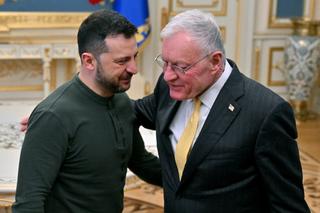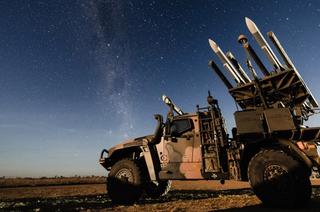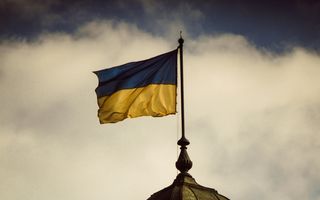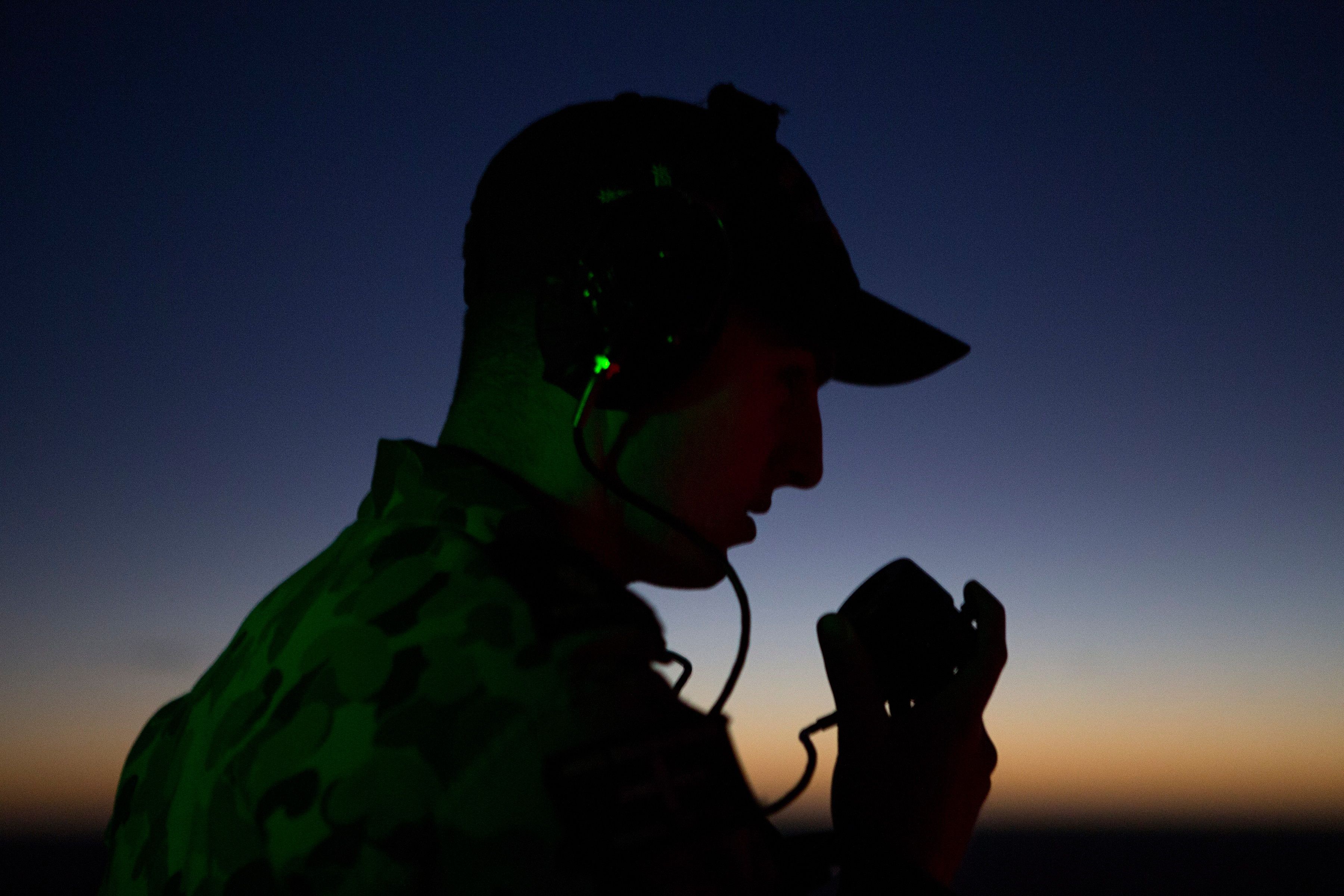The headline
While on the campaign trail, Donald Trump repeatedly claimed he would “end the war in 24 hours.” Soon upon taking office, that deadline was revised as ending Russia’s war in Ukraine became the administration’s priority in the first days in office. The goalposts continue to shift, as do the details of the proposed resolution. Initially perceived as more sympathetic to Russia, there are some signs that the Trump administration is adjusting its stance out of frustration with the inability to broker a peace deal. It has warned it would walk away from facilitating the talks if a deal is not reached soon.
What is happening behind the headlines?
There are three key sets of interrelated relationships to watch, each with its own set of uncertainties:
US-Ukraine relations
On the whole, Trump’s approach marks a clear departure from the Biden administration’s “support for as long as it takes“ and “victory on Ukraine’s terms“ to one which prizes a swift deal in the short run with US disengagement in the medium to long run. So far, US-Ukraine relations have been characterised more by intense shuttle diplomacy and publicity stunts than by major breakthroughs. Despite Trump’s harsh rhetoric — often echoing Kremlin talking points — US policy remains fluid and marked by considerable uncertainty. Most recently, however, Washington’s approach to Volodymyr Zelenskyy appears to have softenedsomewhat after an initially adversarial approach. Still, current priorities remain increasingly transactional, focusing on deals such as securing access to Ukrainian minerals deposits in a recently struck deal which included no specific security guarantees, and a now-shelved proposal of taking ownership of nuclear power plants in exchange for military and economic aid. Military aid and intelligence sharing have also been employed as improvised bargaining chips to pressure Kyiv back to the negotiating table.
US-Russia relations
President Trump’s approach to Russia has all the hallmarks of yet another US president seeking a “reset,” albeit potentially the most dangerous one in post-Cold War US-Russia relations. His administration has appeared willing to offer concessions without securing reciprocal changes in Russian behaviour. This continues to raise concernsthat Moscow could exploit the situation to entrench its influence across much of the former Soviet space. Notably, Russia — unlike Ukraine — was spared from the US import tariffs Trump announced for nearly 90 countries on 2 April 2025. Yet President Trump has over the past weeks expressed frustration with Putin’s resistance to negotiations and signalled openness to secondary tariffs on Russian oil, and most recently, backed European leaders’ proposal to sanction Russiaunless it agreed to a ceasefire.
US-Europe relations
Any serious discussion of US mediation efforts in a Ukraine-Russia peace agreement must consider the role of European actors — whether through the European Union, NATO, or a more ad hoc “coalition of the willing.” So far, the Trump administration has shown little inclination to coordinate with European allies and, frequently, open disdain. This pattern is likely to continue, especially in light of the Pentagon’s revised Interim National Defense Strategic Guidance, which makes clear Trump's intent to scale back US commitments to European security. The guidance calls for Europe to take primary responsibility for its own defence and for security guarantees to Ukraine, with the US offering only nuclear deterrence and maintaining forces focused on homeland defence and China. While few dispute that Europe should do more, the Trump administration appears to be dismantling the transatlantic alliance just as it stands to become more strategically vital than ever.
Key debates around the issue
Within Trump’s cabinet, Ukraine lacks strong advocates. The sidelining of figures such as the president’s Special Envoy for Ukraine and Russia Keith Kellogg — who was never the staunchest supporter of Ukraine to begin with — suggests that internal debates focus on swift conflict termination and minimisation of US involvement. The administration’s primary representative on the issue is Steve Witkoff, a Middle East envoy with little experience in high-stakes diplomacy or Ukraine policy.

Congressional debates largely follow partisan lines, with almost no Republican voices dissenting from Trump’s stance. Given the executive traditionally dominates foreign policy, legislative avenues for the assertion of Democratic opposition remain limited.
On the whole, the American public remains strongly on Ukraine’s side. Yet, public opinion is divided along partisan lines when it comes to what the United States should do to help Ukraine, with some notable recent shifts. While half of Americans still view Russia as an enemy, this figure has declined significantly since early 2022, though it remains higher than pre-invasion levels. Some of the latest polls indicate that support for increased aid to Ukraine has risen sharply, with 46% of Americans now believing the United States is not doing enough — up from 30% four months ago — and the highest level recorded since the war began in February 2022. However, this issue is of low salience compared to other issues that Americans deem important.
Meanwhile, market reactions have been particularly pronounced in Europe. With the United States appearing to scale back its support for Ukraine, European defence companies have surged in value, reflecting expectations of increased military spending by European governments to compensate for growing US disengagement.
The implications
Inability to reach a durable ceasefire and peace agreement resulting in prolonged — The US Office of the Director of National Intelligence deems this the most likely outcome in 2025. The Kremlin appears to view Trump as the party most desperate for a ceasefire, allowing Moscow to set the terms. Moreover, the prospective US cutoff of military aid and intelligence sharing with Ukraine could embolden Russia to escalate the conflict rather than secure peace.
Ceasefire agreement is reached and upheld — The critical issue here is the nature of the agreement. The focus seems to be on securing an open-ended ceasefire rather than a comprehensive, permanent peace treaty. While this could temporarily halt fighting, it may leave Ukraine in a vulnerable, unresolved state, potentially spawning new geopolitical uncertainties.
Total victory for either side — This outcome remains least likely, as neither Ukraine nor Russia appears capable of achieving a decisive military victory in the current timeframe. In the absence of a peace agreement, Trump’s policy is expected to shift toward minimising US involvement in Ukraine. Ukraine will undoubtedly need to increasingly replace US military, economic, and humanitarian aid.
For Indo-Pacific allies and partners, a weakened US commitment to Ukraine and Europe raises broader concerns about the reliability of Washington’s global security guarantees. If the Trump administration’s actions reinforce perceptions of American unpredictability, regional actors may accelerate independent defence initiatives, deepen ties with like-minded partners, or—more worryingly—consider alignment with rival powers. Conversely, the administration’s singular focus on China as the top strategic threat may offer some reassurance about continued US engagement in the Indo-Pacific. Of the two more likely scenarios for Ukraine, prolonged fighting will force allies like Australia to reassess how long it can sustain military, economic, and humanitarian support, and remain committed to sanctions against Russia. Alternatively, if a deal is reached, Australia will need to define its role in any peacekeeping or stabilisation effort—especially in light of reduced US involvement and the growing influence of European-led coalitions.
What to watch moving forward
Ongoing developments to watch
US military aid to Ukraine under Trump — Track fluctuations in US military assistance, including possible reversals of previously signed weapons contracts.
Possible US sanctions relief for Russia — While European sanctions remain intact and there are even signals about the US administration joining Europeans in further rounds of sanction, there is equally a potential for a unilateral US rollback that could signal deeper policy shifts.
What should allies like Australia do about it?
As a liberal democracy, Australia has a clear interest in supporting Ukraine’s sovereignty and resisting authoritarian aggression. It should continue to leverage its political, economic, legal and military capabilities to support Ukraine and help enforce any eventual peace agreement. Australia should also remain actively engaged in multilateral coordination on postwar peacebuilding and reconstruction and clearly articulate the purpose and scope of its future commitments under these evolving circumstances.
Unpacking Trump 2.0







.jpg?rect=0,188,3600,2025&w=320&h=180&fit=min&auto=format)

